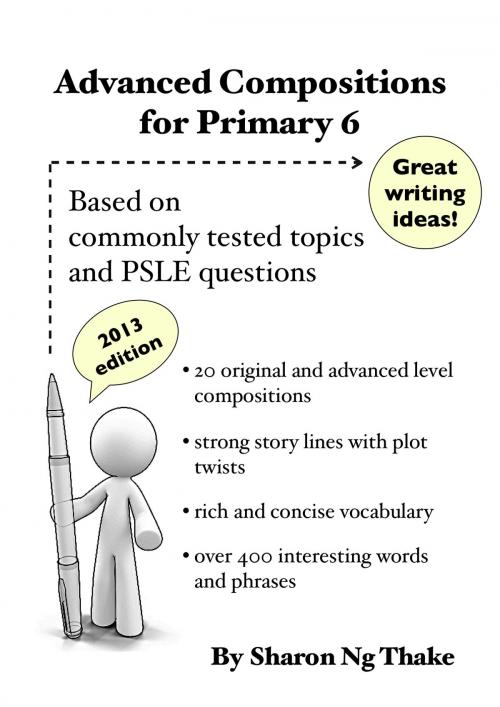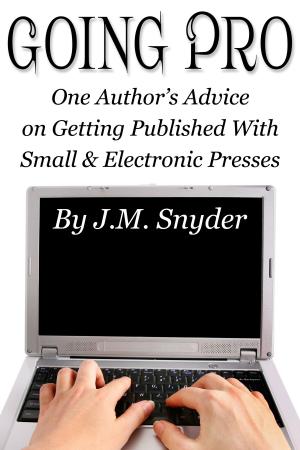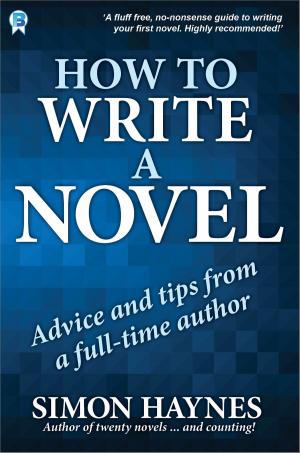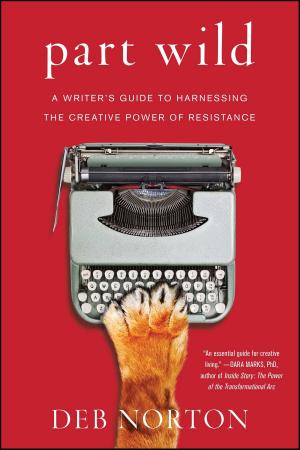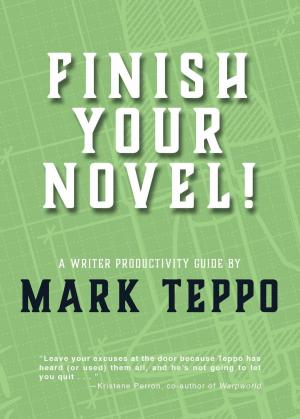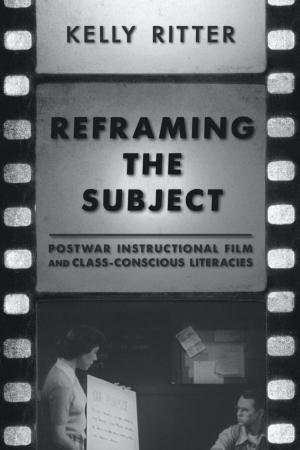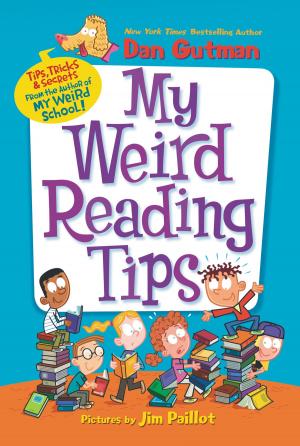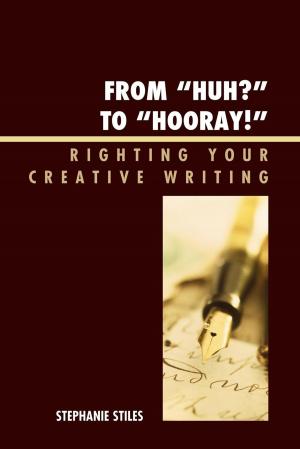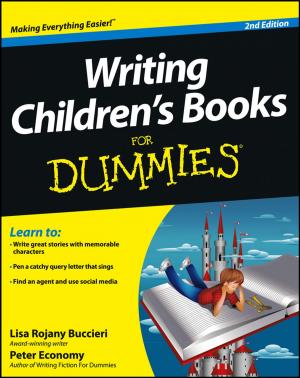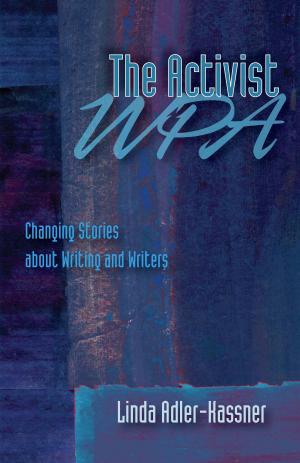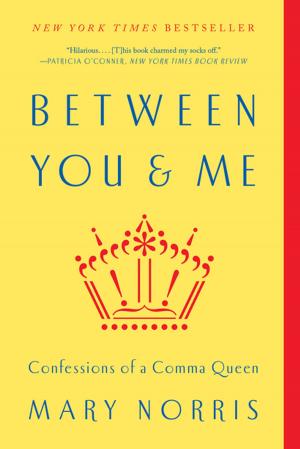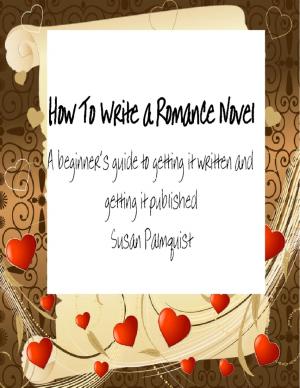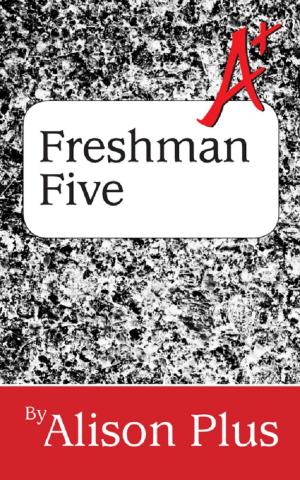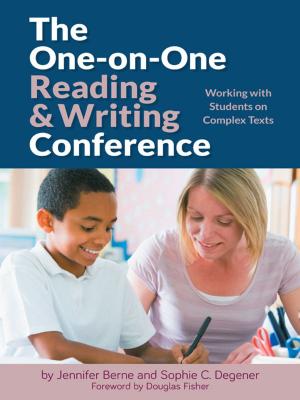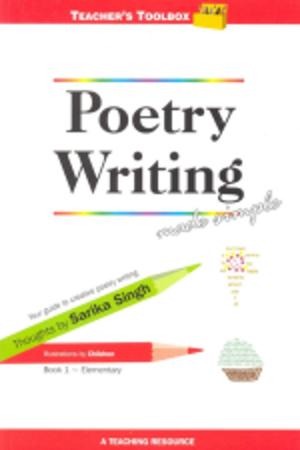Advanced Compositions For Primary 6
Based on commonly tested topics and PSLE questions
Nonfiction, Reference & Language, Language Arts, Literacy, Reading, Vocabulary, Writing & Publishing, Composition & Creative Writing| Author: | Sharon Ng Thake | ISBN: | 9789810765705 |
| Publisher: | Exam Excellence Tuition Centre | Publication: | May 27, 2013 |
| Imprint: | Language: | English |
| Author: | Sharon Ng Thake |
| ISBN: | 9789810765705 |
| Publisher: | Exam Excellence Tuition Centre |
| Publication: | May 27, 2013 |
| Imprint: | |
| Language: | English |
Generating interesting and effective plots for school compositions is a challenge for many students. Sometimes, the difficulty is encountered when students are inadequately taught the fundamental techniques of creative writing. Other times, students lack high-quality resources from which they can draw upon a wealth of ideas and a broad range of vocabulary.
What we are not offering:
This is not another collection of run-of-the-mill stories.
This is also not another assessment book with yet more exercises to ply students with.
What we are offering:
This is a set of 20 original and advanced-level model compositions for twelve-year-olds who are expected to write the narrative text type in school.
Based on commonly tested topics and PSLE questions, the compositions have been specially crafted to inspire students to come up with their own novel ideas and kick-start a piece of writing.
Each composition demonstrates good narrative structure, rich and concise vocabulary, a variety of grammatical sentence types and creative, well-developed plots.
To enrich students’ vocabulary, every composition is accompanied by a comprehensive list of carefully selected words and phrases and their definitions, as well as the type of literary device used.
How our model compositions help students in their writing:
From the models, students learn how to
- capture the reader’s attention in the opening paragraphs,
- sequence events logically,
- weave the theme into the content,
- use tension building techniques to lead to the climax and
- bring a story to a satisfying finish.
Students are shown how to use important story elements such as characterisation, point of view, twist, mood and dialogue. There are numerous examples of figurative language including similes, metaphors, personification, onomatopoeia, alliteration, personification and hyperbole.
With these compositions, each containing a cohesive story line, structured and written to teach different elements, students will be better prepared for the composition component of the PSLE English paper and feel more confident about their writing.
Generating interesting and effective plots for school compositions is a challenge for many students. Sometimes, the difficulty is encountered when students are inadequately taught the fundamental techniques of creative writing. Other times, students lack high-quality resources from which they can draw upon a wealth of ideas and a broad range of vocabulary.
What we are not offering:
This is not another collection of run-of-the-mill stories.
This is also not another assessment book with yet more exercises to ply students with.
What we are offering:
This is a set of 20 original and advanced-level model compositions for twelve-year-olds who are expected to write the narrative text type in school.
Based on commonly tested topics and PSLE questions, the compositions have been specially crafted to inspire students to come up with their own novel ideas and kick-start a piece of writing.
Each composition demonstrates good narrative structure, rich and concise vocabulary, a variety of grammatical sentence types and creative, well-developed plots.
To enrich students’ vocabulary, every composition is accompanied by a comprehensive list of carefully selected words and phrases and their definitions, as well as the type of literary device used.
How our model compositions help students in their writing:
From the models, students learn how to
- capture the reader’s attention in the opening paragraphs,
- sequence events logically,
- weave the theme into the content,
- use tension building techniques to lead to the climax and
- bring a story to a satisfying finish.
Students are shown how to use important story elements such as characterisation, point of view, twist, mood and dialogue. There are numerous examples of figurative language including similes, metaphors, personification, onomatopoeia, alliteration, personification and hyperbole.
With these compositions, each containing a cohesive story line, structured and written to teach different elements, students will be better prepared for the composition component of the PSLE English paper and feel more confident about their writing.
